Film Name:阿麗塔:戰鬥天使 / Alita: Battle Angel
As a “fake manga fan” who bought the “Gunnm: Battle Angel Alita” comics years ago but never finished them, I can’t say I had much mental baggage going into the movie “Alita: Battle Angel”; In contrast, my impression is that James Cameron’s ambition to adapt “Gunnm: Battle Angel Alita” has lingered almost as long as my own memories of the manga—a dream he nurtured for nearly two decades, from the year 200× until its 2019 release.
With a transcendent cyberpunk source material paired with a master filmmaker at the pinnacle of cinematic technology, we have every reason to anticipate such a film.

After watching the film, my excitement and disappointment were equally strong: the excitement lies in how the visual effects, while representing the world’s current pinnacle, continue pushing toward even greater heights of realism and sophistication, with world-building executed with meticulous attention to detail and consummate skill; the disappointment stems from the adaptation’s struggle to make the sprawling source material coherent, ultimately failing to achieve sufficient universality.
“Alita: Battle Angel” isn’t bad, but it could have been better.
[Friendly reminder: Spoilers ahead.]
Regardless of whether viewers bring prior knowledge of the original manga (it’s safe to assume over 90% of moviegoers have no attachment to the source material), “Alita” fails to deliver a truly satisfying story.
For die-hard fans of “Gunnm: Battle Angel Alita,” the film fails to capture its darker aesthetic. For casual viewers unfamiliar with the anime, the entire movie lacks a “reasonable” internal drive and persuasiveness. Its complex plot threads are only superficially explored, leaving the whole experience feeling unsatisfying.
“Alita” tells a coming-of-age story that could happen to anyone.
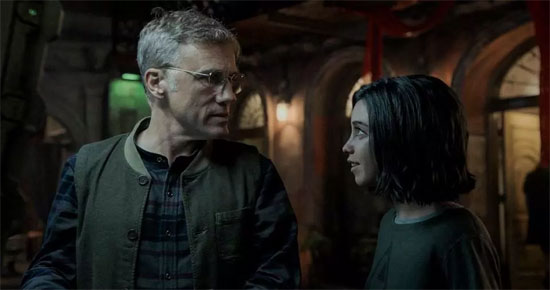
Within the film’s limited runtime, the dual storylines of Alita’s “father-daughter bond” with Dr. Ido and her own “awakening” carry significant weight: First, Alita is a “Battle Angel” soldier whose actual age exceeds 300 years—a warrior possessing extraordinary skills yet with a blank mind. Second, she is also a child rebuilt and raised by a father who lost his own daughter. The interplay of these dual identities inevitably shapes her into a distinct personality, forging a wholly new self.
It must be said that the narrative logic of “Alita” holds up. Her suspicion of Ido’s “shadowy past” triggers her neural memories, leading to conflict with Ido over fragments of her past and ultimately launching her into the “bounty hunter” arc…
The problem lies in the rushed, arbitrary pacing. Without solid emotional or world-building foundations, this approach easily creates a top-heavy, hollow feeling.
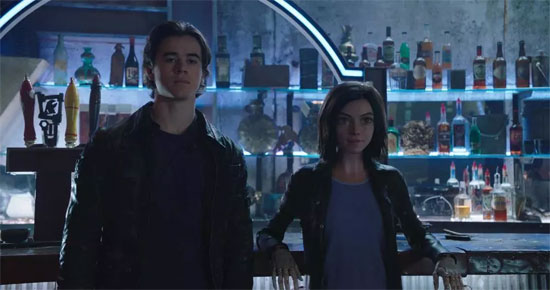
For instance, after registering as a bounty hunter, Alita’s first act is storming into a bar to pick a fight with fellow hunters—anyone can see she’s looking for trouble. While her motivations—”yearning to reclaim her memories through combat” and her “innocent nature”—are entirely plausible, this impulsive, whimsical approach—along with Gruiskik’s subsequent appearance—feels jarring to audiences accustomed to traditional storytelling.
The romantic subplot between Alita and Hugo is even more perplexing… Given its screen time and resolution, this storyline carries weight equal to the first two, yet the characters’ stances, motivations, and conflicts remain unclear, making it hard to engage with…
Meanwhile, the “golden supporting cast” of “Alita” also fails to deliver their expected impact. Christopher Waltz (Ido), Mahershala Ali (Victor), Jennifer Connelly (Irene), and the late-revealed Edward Norton (Nova) form a star-studded cast. Yet beyond serving the plot, they’re given scant opportunity to showcase their acting prowess.
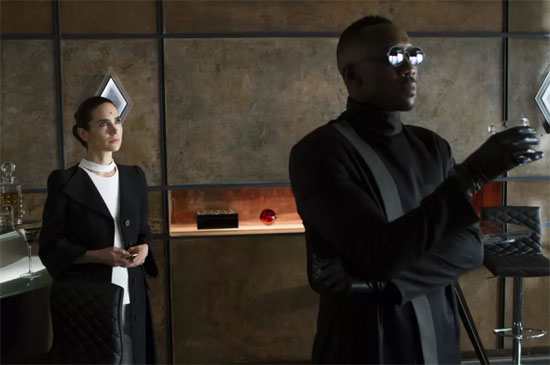
The only character who left a deeper impression was Victor. He dangled the elusive promise of “I can send you to Zalem” to lure and manipulate countless individuals—whether driven by greed or innocence—into serving his ends. Constantly shifting between his roles as the Iron City crime lord and Nova’s puppet master, he stands out as one of the more “three-dimensional” figures in a film otherwise dominated by flat characters. (PS: With “True Detective” Season 3 nearing its end, Ali’s acting range is truly “rich”).
“Alita” was directed by Robert Rodriguez, who took on Cameron’s nearly 200-page script and 600-page notes, helming the film under Cameron’s studio’s full involvement while Cameron himself served as screenwriter and producer. Personally, I feel the film’s technical execution belongs to Cameron, while its stylistic approach leans more toward Rodriguez. Both are exceptionally talented, but this dual-director production model blurs the film’s identity. Perhaps it would have been better if Cameron had directed it himself…
That said, at its core, “Alita” still retains the essence it should possess.
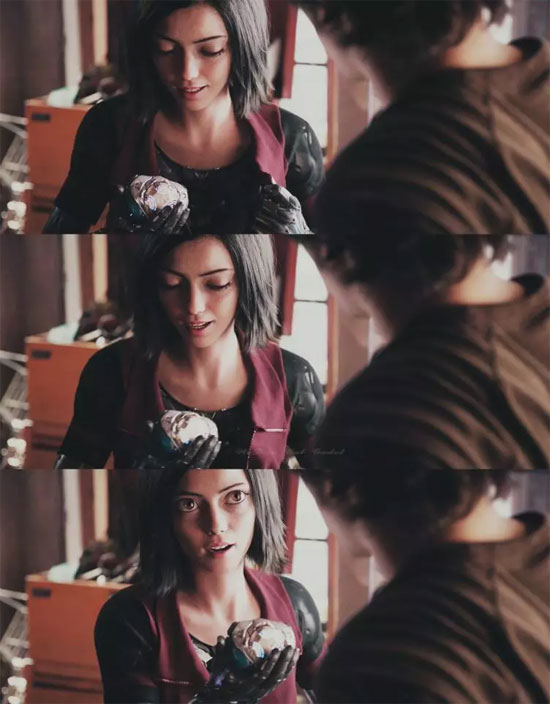
For me, the most romantic moment in the entire film is when Alita literally rips out her own heart and hands it to Hugo, allowing him to fulfill his dream—this utterly genuine, unadorned sacrifice seems foolishly naive at first glance, yet doesn’t it perfectly embody Alita’s character as “a single crimson dot on a blank canvas”?
Compared to the underwhelming narrative, Alita’s visuals, special effects, and action sequences can only be described as breathtaking.
Before watching the film, like many others, I worried that Alita’s unnaturally large eyes might look jarring and bizarre… but those concerns proved unfounded. The production team didn’t predetermine Alita’s appearance. Instead, they waited until Rosa Salazar was cast before beginning character design. They fully leveraged Rosa’s physical features to shape the character’s look, effectively avoiding the uncanny valley effect.
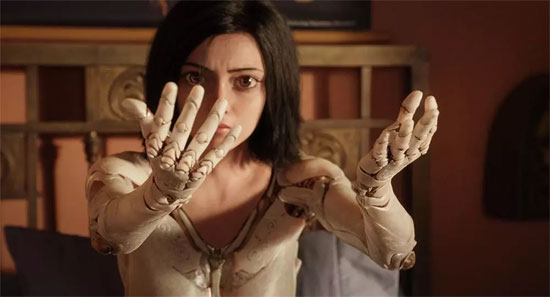
From Gollum in “The Lord of the Rings” series, to Neytiri in “Avatar,” to Caesar in the “Rise of the Planet of the Apes” series, motion capture technology has consistently focused on humanizing “non-human” characters— Alita” marks the first time motion capture technology has targeted “human-like” characters. While seemingly a minor adjustment, the technical workload and difficulty are over three times greater than before.
Given this, why not use live actors or create Alita entirely with CG? Why go to such lengths? To borrow a line in the spirit of “The Big Bang Theory”: “Because we can.”
Live-action performances, motion capture points, 3D models, texture rendering… To create a world where humans and cyborgs coexist, the production team chose the most challenging yet superior approach. Alita’s lifelike presence, indistinguishable from real actors, stands as the ultimate testament to this visual revolution—truly breathtaking.
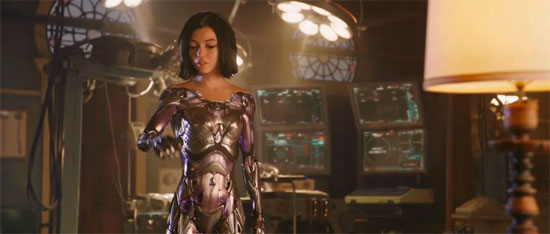
The visual achievements of “Alita” aren’t just about the characters’ appearance—they’re even more challenging in the details. The muscle folds and facial expressions during Alita’s first time eating an orange and her first kiss made me involuntarily mutter, “This is insane.”
Compared to grand-scale sequences, microscopic details are the true test of technical prowess. “Alita” relentlessly showcases Hollywood’s current pinnacle of filmmaking with scenes bordering on technical showmanship.
Even more surprising is the film’s action sequences—let’s be honest, since “Avatar” pioneered the “new 3D” trend, how many 3D films have truly surpassed their 2D counterparts in visual impact? After watching the promotional trailers, I believe “Alita” not only achieves 3D superiority over 2D but does so in a dominant fashion. This is especially evident in the “tavern & basement brawl” and the “cyberball tournament” sequences. The stability and realism displayed during high-speed movement and state transitions make viewing it on the largest, highest-quality screen possible well worth the ticket price (recently, many similar advertisements have appeared, proving this isn’t just empty hype).
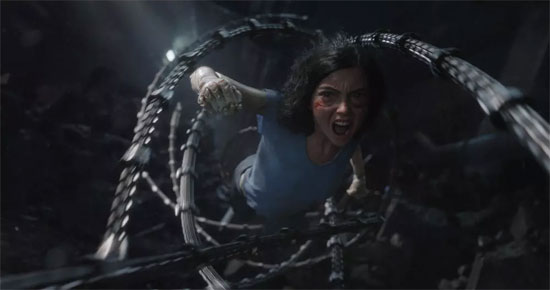
When it comes to action sequences, the strengths of Cameron and Rodriguez’s collaboration shine through: the sci-fi and mechanical aesthetics of the hardware are masterfully handled by Cameron, ensuring no missteps, while the fluidity and impact of the action sequences are infused with Rodriguez’s signature cult-like flair.
This is most vividly demonstrated in all of Alita’s fight scenes.
During her early days using Dr. Ido’s daughter’s prosthetic limbs, Akira’s fighting style—hampered by the mismatch between her body and spirit—resembles traditional Eastern martial arts. Her movements flow like water, deeply respecting feminine body language and the principle that “speed is the ultimate defense.” Once she dons the perfectly matched “Berserker Armor,” Alita rapidly transcends the physical limitations of force and movement. Combining the fluidity of her streamlined form with the precision of her metallic armor, she unleashes cybernetic combat techniques beyond the constraints of human imagination, infinitely amplifying the power and allure of martial arts.
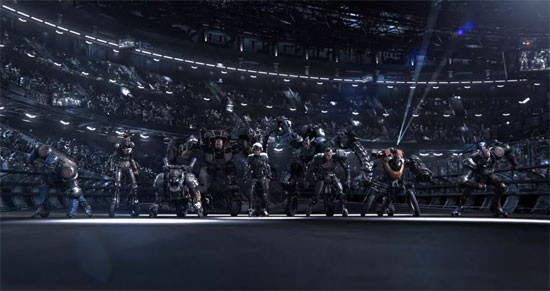
This cyberpunk aesthetic of “East meets West” violence is currently unique to “Alita.”
Of course, this meticulous attention to micro-details doesn’t mean “Alita” neglects macro-level depictions. In fact, the film’s background and large-scale visual effects consistently adhere to Cameron’s “principle of effects usage”: restraint, internalization, and complete service to the story—making the effects virtually imperceptible to the audience.
The two starkly contrasting apocalyptic metropolises—the sky city Zalem and the steel city—are never laboriously explained or detailed. Instead, the film gradually reconstructs the futuristic atmosphere of the 26th century through plot progression and subtle details…
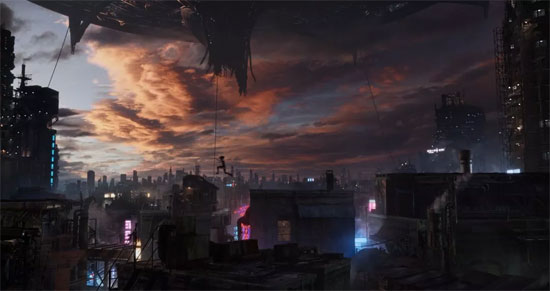
Reflecting on it, James Cameron’s legendary status stems not only from his box office prowess but also his relentless push to expand the boundaries of filmmaking technology. From the Terminator series, The Abyss, Titanic, Aliens of the Deep, Avatar, to the current Alita: Battle Angel—whether in sci-fi or documentary—he consistently stands at the forefront of innovation.
To draw an imperfect analogy: if the world’s best film effects currently score 100 points, then The Wandering Earth barely broke 60 points after struggling between 30 and 40, with its industrial foundation still below 50 points (which is why “Little Broken Ball” holds such extraordinary significance—because outside Hollywood, no one else even passes). Most Hollywood A-list blockbusters hover between 80 and 100 points, while “Alita” starts from a baseline of 99 or 100 points, relentlessly pushing the boundaries toward 101, 102, or even 105 points.
We shouldn’t dismiss technological progress just because the plot falls short. Cinema began as mere curiosity-seeking peep shows, yet within decades it became the “Seventh Art.” Today, its box office prowess is undeniable—who can predict when the next “technological revolution” will strike? Every single “attempt” deserves encouragement and praise.
My thoughts have long drifted beyond the merits or shortcomings of “Alita” itself… I can’t help but recall the amusing anecdote from Cameron’s recent promotional tour in China, during his historic meeting with Liu Cixin.

(Zhou Liming, Liu Cixin, James Cameron, Guo Fan)
Cameron is deeply enamored with “The Three-Body Problem,” while Guo Fan’s own desire to make sci-fi films was sparked by watching “Terminator 2″… In this realm called “science fiction,” there are no adversaries—only kindred filmmakers, each crafting their own sci-fi narratives in their unique way.
The pioneers of yesterday inspire the pioneers of tomorrow. Cameron, that iconic pioneer, proves with “Alita” that he remains a master at the cutting edge… What a wonderful era this is.
Please specify:Anime Phone Cases » Alita: Battle Angel 阿麗塔:戰鬥天使 2019 Film Review: Where are the limits of the film industry revolution?